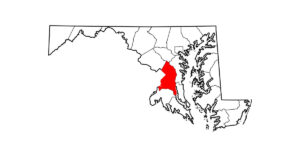Neurologic EHV-4 Confirmed in California

The filly had attended an Imperial County event on July 18-19. Event management was notified, as were show participants, who were advised to monitor their horses’ temperatures twice a day. No additional cases have been identified.
The case is classified as suspect equine herpesvirus myeloencephalitis (EHM) because veterinarians could not identify any other cause of the filly’s neurologic signs.
Officials quarantined the filly’s home premises, where three exposed horses are under enhanced biosecurity protocols and twice-daily temperature monitoring
Create a free account with TheHorse.com to view this content.
TheHorse.com is home to thousands of free articles about horse health care. In order to access some of our exclusive free content, you must be signed into TheHorse.com.
Start your free account today!
Already have an account?
and continue reading.
Written by:
Edited Press Release
Related Articles
Stay on top of the most recent Horse Health news with












